Description
The Homo ergaster (Turkana Boy) fossil model meticulously reproduces the known morphological features of this specimen. The model accurately depicts the skull’s proportions and cranial characteristics. The model also highlights the relatively small braincase compared to later Homo species, indicating a transitional stage in human evolution.
Crafted with precision and attention to detail, the Turkana Boy fossil model serves as a valuable scientific and educational tool. The model provides researchers, educators, and enthusiasts with a tangible representation of Homo ergaster’s physical traits, aiding in the study of hominin evolution, adaptation, and behavior.
Constructed from durable, museum-quality materials, the Turkana Boy fossil model reflects the latest scientific research and understanding of Homo ergaster. Its inclusion in exhibits, educational displays, and collections contributes to a deeper comprehension of the evolutionary trajectory and ecological dynamics of early humans during the Early Pleistocene.
The Homo ergaster (Turkana Boy) fossil model’s accurate representation of the individual’s anatomy and skeletal structure enriches our understanding of the hominin’s biology and adaptation strategies. Its meticulous design and scientific precision make it a compelling addition to the exploration of human evolution, providing a tangible link to our ancient past.

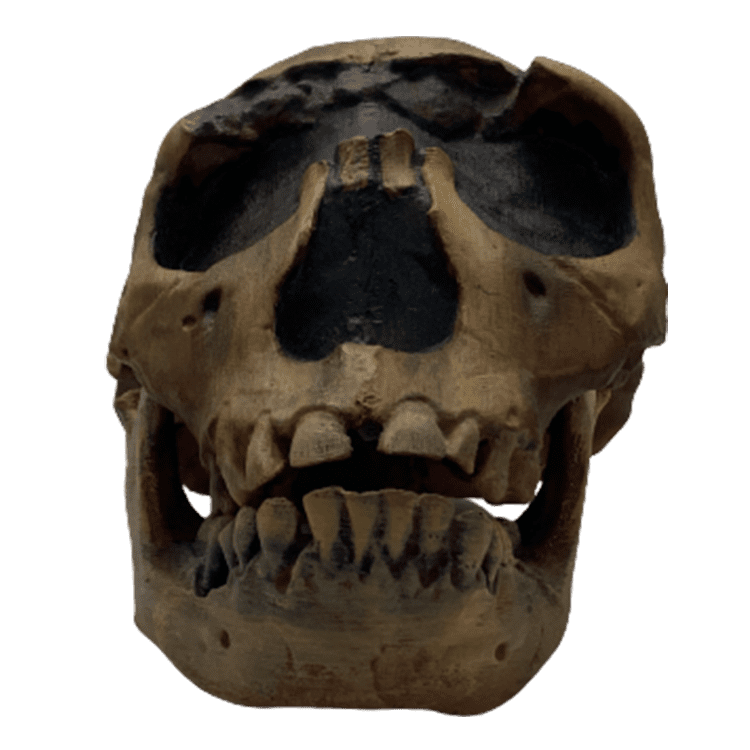
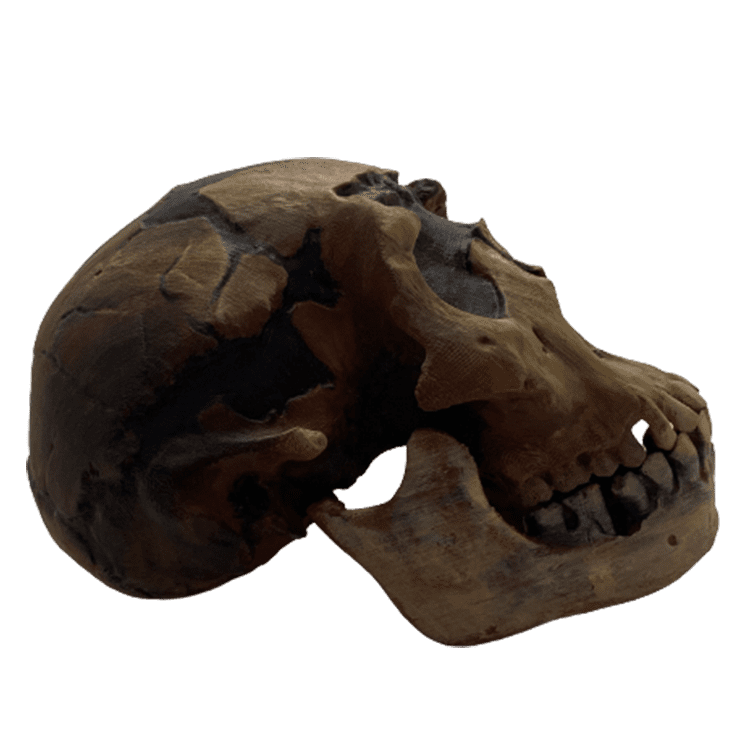
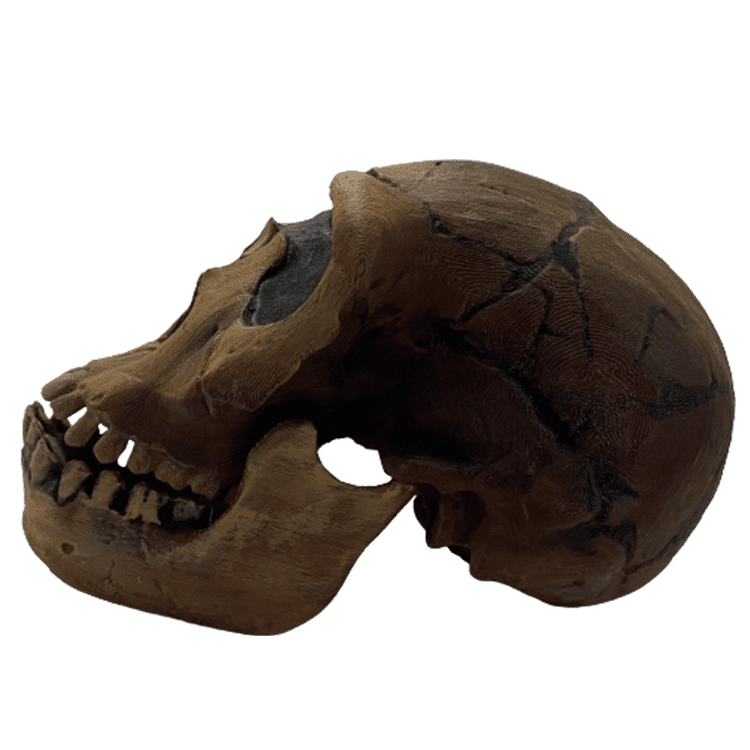
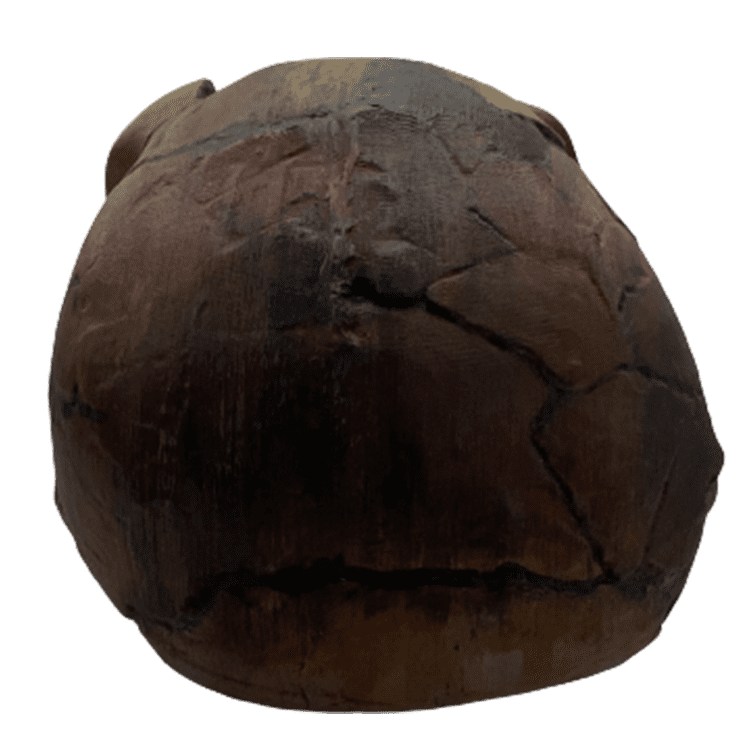
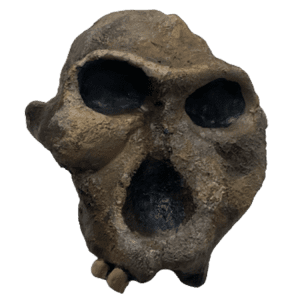
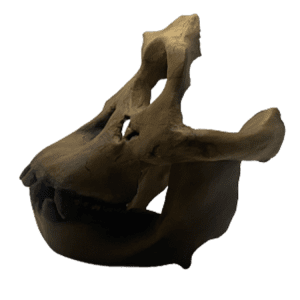

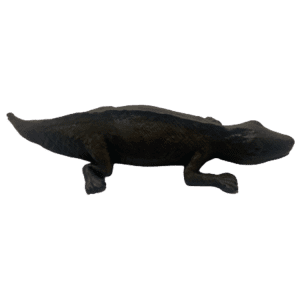
Reviews
There are no reviews yet.